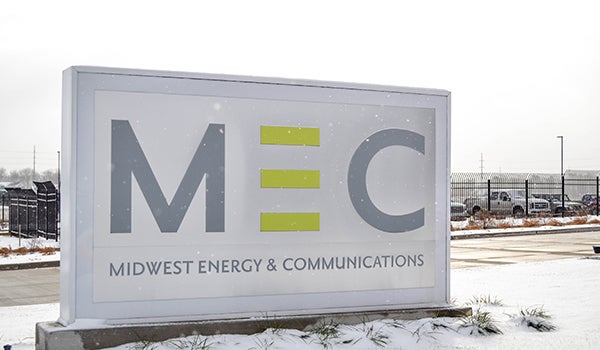Niles Twp. predicts business boost from Enbridge
Published 6:23 pm Wednesday, July 3, 2013
Niles Charter Township this week discussed potential positive economic impact Enbridge’s presence could provide in the next few months.
“What’s interesting about this,” Supervisor James Stover said Monday, “is there are going to be 400 employees going in and out of this property every day, sometimes six days a week. If all of those employees get off at the same time and make a mad dash to Yankee Street, some people coming down Almaugus (Drive) may have to sit and wait. Traffic may be an issue. It could be they need to put in another gate facing 19th Street. North, you run into Cass County. West, you run into the airport. These 400 employees will be shuttled to different work areas. They’ll start around 7 in the morning and work until 6 in the evening. This is a big operation.”
Stover and Trustee Richard Cooper visited the Eastgate shopping center site to learn more about the project that is part of a 210-mile pipeline replacement by the Canadian oil company stretching from Griffith, Ind., to Marysville, Mich., near Port Huron, then across the St. Clair River into Ontario.
“It’s going to be an asset because of all the people coming into our area,” Cooper said, who could patronize motels, hotels, campgrounds and restaurants.
Stover said the township owns a small parcel, “the old Shell station. That’s where one gate is at. I’m going to try to get us $400 a month for opening and closing that gate, but we probably won’t act on it until the next board meeting.”
Purpose of the company’s pipe replacement project is two-fold, the Cass County Board of Commissioners heard in April from Jason Manshum, Marshall-based community relations senior adviser for Enbridge.
First, the project aims to reduce future maintenance. Two is a goal to meet increased demand.
“Once Enbridge has replaced Line 6B, a crude oil pipeline which originates in Chicagoland,” Manshum said, “it will have thicker steel and state-of-the-art technology. Once we’re done, folks can look forward to not seeing us very often. We should drastically reduce or eliminate the need to knock on doors and say we need access to property to make repairs.”
Line 6B has been in service since 1969. It ruptured into the Kalamazoo River in July 2010.
Last year, Enbridge replaced 75 miles of segments. The 210-mile balance will be replaced by the end of 2013.
“By the time we flip the calendar into 2014, the entire 285-mile stretch will be replaced,” Manshum said. “We are using more and more petroleum. Refineries in Detroit and other parts of the Midwest upgraded capacity. They’re our customers and they need us to deliver more product. It’s not our oil, we don’t buy it, sell it or mine it underground. We transport it. The only way we can meet demand for more product is with the replacement line’s added capacity.”
New pipeline features include thicker steel walls — from one-third of an inch to two-thirds of an inch — buried deeper.
“Right now, on average,” he said, “the top of the pipe is about three feet from the surface of the ground,” compared to four to five feet soon. “If you followed the Kalamazoo River news, the National Transportation Safety Board said, after completing a two-year investigation of the spill, the cause of the rupture was in the external coating. In the ’60s, you wrapped tape around it in the field and dropped it into the trench. Moisture could leak in between the steel and that tape coating, over time compromising the integrity of that pipeline. The very small, microscopic series of spider web cracks couldn’t be seen with the naked eye, nor could our inspection tools pick them up.”
Today’s technology standard is an epoxy fusion-bonded coating applied before it leaves the steel mill in Canada.
Niles Daily Star






